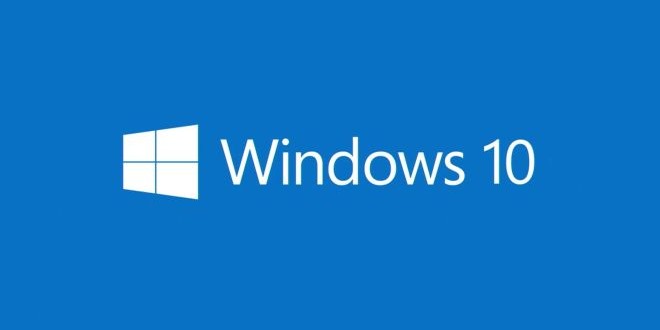Last month Microsoft offered to provide users of Windows 7 and 8.1 with the upcoming Windows 10 for free. Terry Myerson, Executive Vice President of Operating Systems at Microsoft, clarified to Reuters shortly thereafter that the upgrade would include “all qualified PCs, genuine and non-genuine,” meaning that anyone with Windows 7 or 8.1—regardless of whether it was purchased or pirated—could be upgraded. Myerson went on to explain it as an attempt to curtail the rampant piracy in China and that he believed Microsoft would be able to “make up for lost revenue by selling services such as Office over the Internet.”
More recently, however, Myerson appears to be backpedaling on his blog. While maintaining that all users of the “genuine” versions of the operating systems will receive the upgrade, he rescinded the offer for pirates, stating that it “will not apply to Non-Genuine Windows devices.” The change in stance seems an odd one-eighty that rejects the logic of Myerson’s earlier statement and abandons whatever bridge Microsoft was trying to build to the pirates.
While Microsoft cannot stop software pirates from obtaining Windows 10 through less than legitimate means, it does intend to brand them for it. Myerson states that a watermark will be placed on the user’s desktop if Microsoft cannot “verify that Windows is properly installed, licensed, and not tampered with.” Couching the strategy in customer service, Myerson explains that the watermark exists so that customers will know if they have been sold a device with an unlicensed version of Windows 10. He advises that buyers return such devices, warning that they may be susceptible to “a high risk of malware, fraud, [and] public exposure of your personal information.” Despite Myerson’s justification—legitimate as it may be—it is difficult not to read some small semblance of a rebuke on Microsoft’s part.
 Load the Game Video Games, Reviews, Game News, Game Reviews & Game Video Trailers
Load the Game Video Games, Reviews, Game News, Game Reviews & Game Video Trailers



